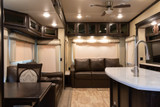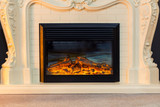RV Lighting: Get More for Less
Lighting can make or break a space. If there is insufficient lighting, it can be difficult to see and accomplish tasks within your home. You may find it uncomfortable or tough to relax if there is too much light. Additionally, the type of light source you choose will affect energy use, price, and brightness/color temperature.
If you are looking to replace or upgrade the lighting in your camper, read on for some important considerations for RV lighting.
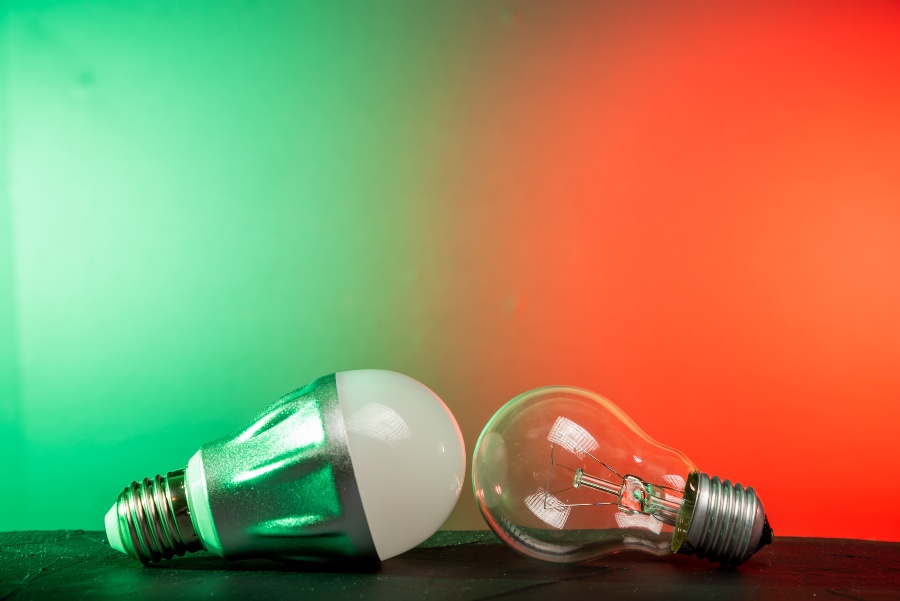
LED vs. Incandescent Lighting
LEDs have taken over the lighting technology game due to their superior energy efficiency and durability performance. Compared to incandescent lightbulbs, the most commonly used light source for around the last 100 years, LEDs are much more energy-efficient and have since taken over as the primary lighting source.
LEDs are becoming more standard in the RV industry as well. Newer RVs may come stock with certain LED features, and traditional incandescent lighting can pretty easily be replaced with LEDs.
Light Emission
Though incandescents and LEDs both work to emit light, they do so via entirely different mechanisms. Incandescent lighting relies on a wire filament inside a bulb that emits light once heated to a specific temperature through electrical resistance. Incandescent light bulbs produce omnidirectional light, which gives off light in all directions.
LEDs, or light-emitting diodes, are a bit more complex in the mechanism by which they produce light. LEDs emit light by sending a current through a set of electrodes wrapped in semi-conductive material. As the current passes through the diodes, photons are given off, and light is produced. LEDs are typically directional, but technology has evolved to the point that omnidirectional LED bulbs are also available.
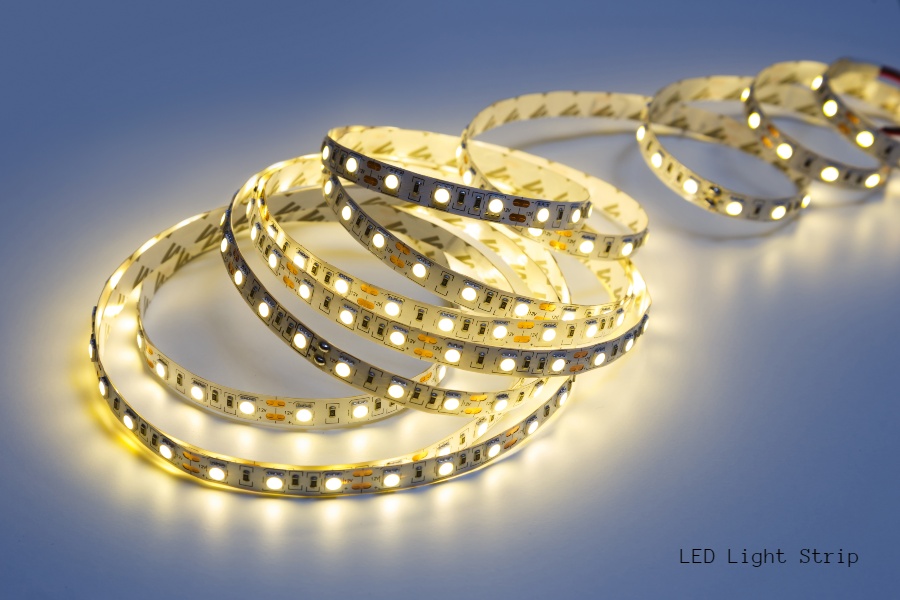
Energy Efficiency
Energy efficiency is a critical consideration when power consumption is limited, as is often the case in an RV. When it comes to lighting, LEDs are around 80% more efficient than incandescents. The energy savings can compensate for the additional initial cost of LEDs versus incandescent bulbs.
Safety
Incandescent lightbulbs produce heat in addition to light, which poses fire and burn hazards. LEDs stay cool to the touch and pose no fire risk, making them a much safer choice for your RV.
LEDs are also much more durable than incandescent bulbs, which are typically made from fragile glass that can shatter easily. If incandescent bulbs get too hot, cold, wet, or have a broken seal, they can explode without warning. Overall, LED lights have a better safety profile as compared to incandescent bulbs.
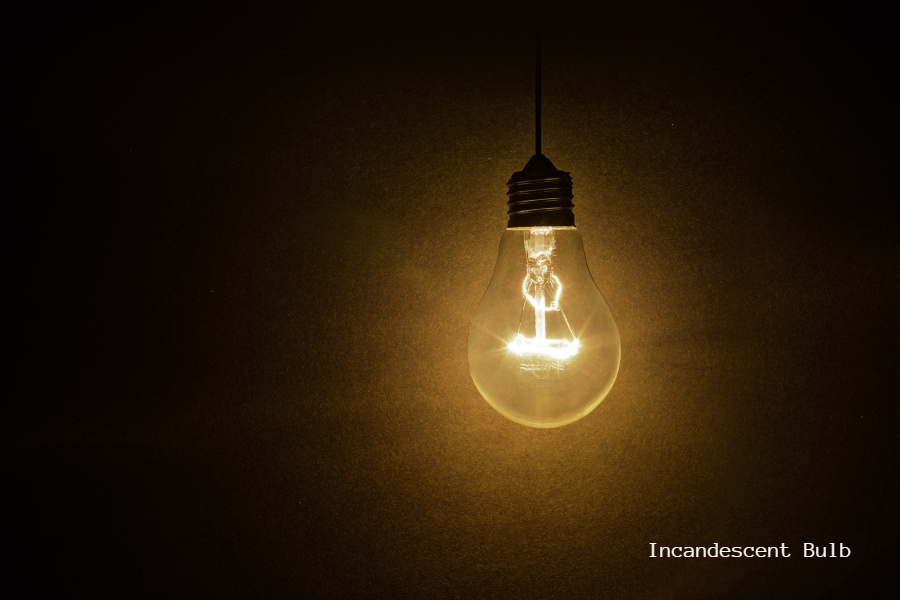
Working Time
LEDs are more expensive up front than incandescent bulbs, but they have a much longer working life. High-quality LEDs can have an expected use time of 45,000 to 60,000 hours, implying that they will never need to be replaced. On the other hand, incandescent bulbs are expected to only last 800 to 1,200 hours. While incandescent lightbulbs are cheaper upfront, they will need to be replaced much more often, adding up in the long run, especially when you account for the differences associated with energy costs.
Interior Lighting
There are plenty of reasons to upgrade the interior lighting of your RV, especially if you don’t already have LED lighting. As we just discussed, LEDs are more energy-efficient, durable, and safe as compared to other standard lighting forms. In addition, LEDs come in various light temperatures and colors so that you can choose and control the ambiance of your space. Switching out light fixtures is a quick way to change the look and feel of your rig and update it to match your style.
If you want to upgrade your RV’s interior lighting, you should consider the primary purpose or intended function of each fixture you install. Is your ambient room lighting too harsh? Do you not have enough light in the kitchen to cook safely? Are you tired of the light fixtures that came stock with your rig?
The following categories help to break down the intended use of lighting fixtures in your space and important points to consider for each type of lighting.
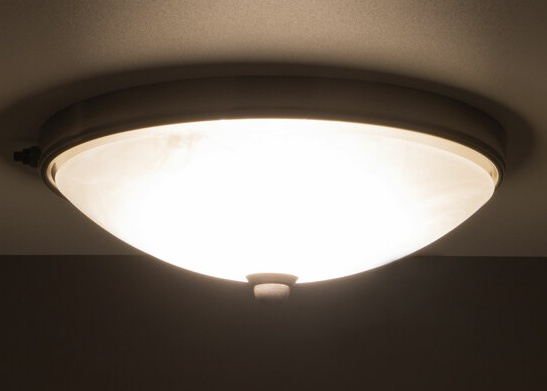
Ambient
In the form of indirect lighting, ambient light is designed to fill a space with equal brightness from above. You may also hear ambient lighting called general or mood lighting. Oftentimes, ambient lighting is used to mimic natural light and provides sufficient brightness for general activity without being overpowering.
Types of fixtures that work well for ambient lighting include recessed can lights, flush and semi-flush mounted ceiling lights, wall sconces, lamps, and pendant fixtures.
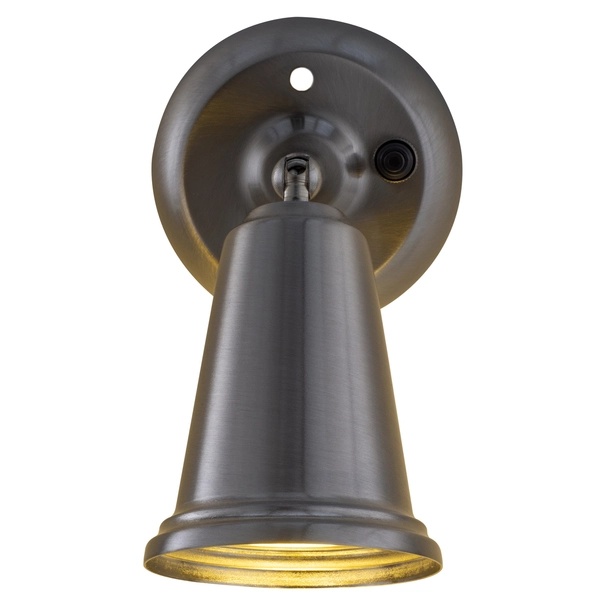
Task
Task lighting is meant to light up a workspace or task area so you can more easily see what you are doing. Task lights may be hidden under upper cabinets in your kitchen or attached to a swivel arm on the wall so they can be used as a reading or map light. For task lighting, functionality is key.
Types of fixtures that work well for task lighting include under cabinet lights, reading lights, and vanity lights.
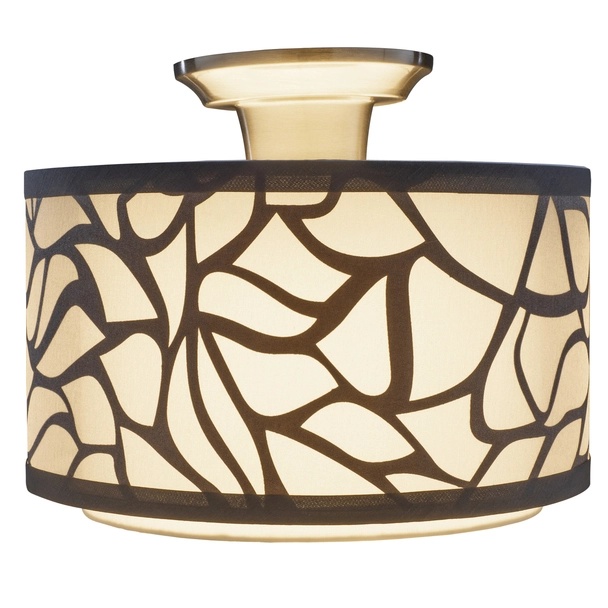
Accent
Accent lighting, sometimes called highlighting, is used to emphasize the interior features of your space by providing a focused light on a specific object or area. In your RV, accent lighting may highlight a dinette or kitchen island. Accent lighting is typically softer than task lighting but more direct than ambient lighting.
Types of fixtures that work well for accent lighting include decorative island lights, dinette lights, and under furniture strip lighting.
Exterior Lighting
LEDs can enhance your RV’s interior space and can also be used to upgrade your RV’s exterior lighting. RV exterior lighting can generally be considered automotive or outdoor living lighting.
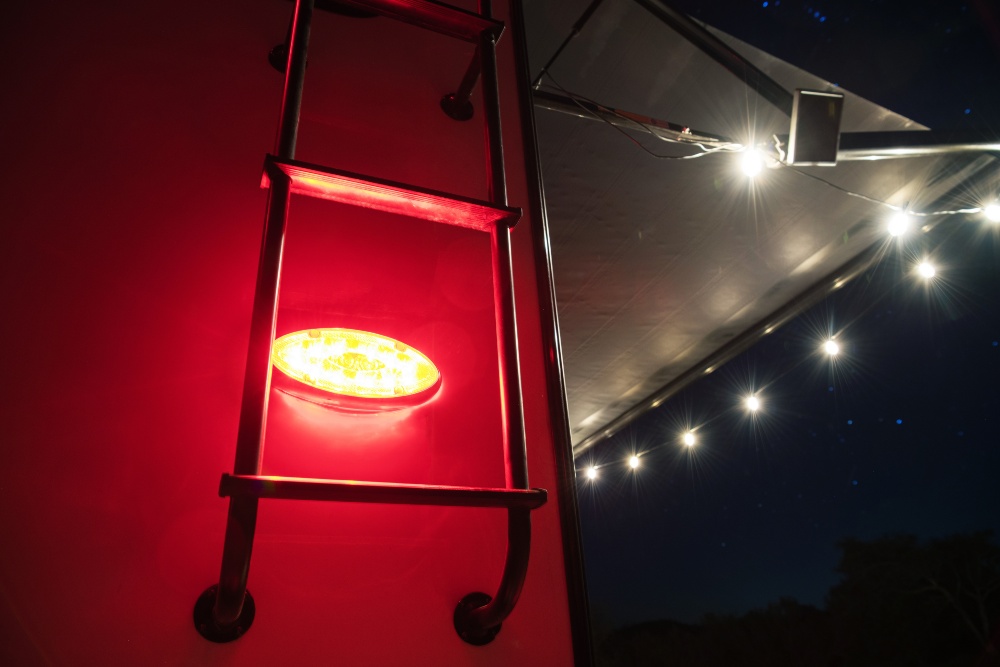
Automotive Lighting
LEDs are a popular choice in the automotive industry because they last for a long time and provide a brighter light which improves visibility when driving. In addition to standard driving lights, such as indicators, headlights, and brake lights, RVs may have additional warning lights. This includes towable/trailer lights, marker lights, and license plate lights.
Outdoor Living
Creating an outdoor living space for your RV is a great way to expand your livable space while traveling. RVs offer many great amenities but can quickly feel crowded, especially depending on the size of your party. Adding some lights to your exterior living space is a great way to make your spot feel homier and allow you to enjoy your outdoor living space at all times of the day.
Exterior lighting options for your RV exterior living space include awning, porch, and utility lights.
If you would like to know more about RecPro's wide selection of LED interior and exterior lights for your RV, post your question below or reach out to our customer service team today!
Recent Posts
-
Can You Put Regular Furniture in an RV?
Many new and old RV owners ask themselves this question when they feel the need to update th …Apr 25th 2024 -
4 Tips for Securing RV Furniture While Traveling | RecPro
How To Secure RV Furniture There are few things that beat going out on an adventure with an RV …Apr 25th 2024 -
How To Keep RV Furniture From Peeling
Peeling RV Furniture | Why it Peels and How to Stop it Your RV furniture is a point of pride on yo …Apr 25th 2024 -
Turning up the Heat With an RV Fireplace
There’s an unlimited number of cool and exciting features you could add to your recreational vehicle …Apr 25th 2024 -
How To Install An RV Fireplace
A Warm Addition to Your On-Wheels: The DIY RV Fireplace Installation Guide Many RV enthusiasts ask …Apr 25th 2024 -
Are RV Electric Fireplaces Safe
Being Safe in Your RV with an Electric Fireplace Safety is always going to be one of your highest …Apr 25th 2024



